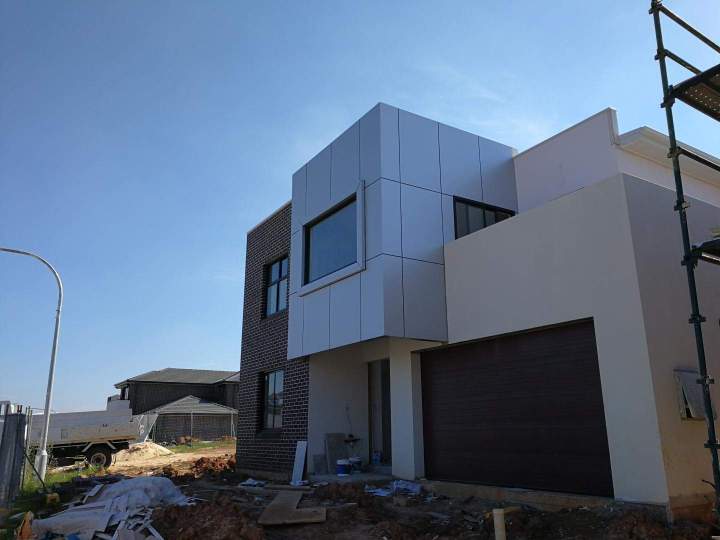What Is The Difference Between Recladding And Overcladding?

Recladding and overcladding are two methods for upgrading a building's exterior, but they differ significantly. Recladding involves a full replacement of the facade, while overcladding adds a new layer over the old one.
Recladding: A Complete Facade Replacement
Recladding is a comprehensive process that involves the complete removal of a building's existing exterior facade down to its original structure or sheathing. This method is typically chosen when the existing cladding is severely degraded, compromised, or no longer compliant with current building and fire safety codes. Because the old material is fully stripped away, recladding offers a unique opportunity to inspect the underlying structure for any signs of damage, such as water infiltration, mold, or rot. This allows for any necessary structural repairs to be made, ensuring the building's integrity is fully restored before a new cladding system is installed.
A key benefit of recladding is the ability to install a completely new, high-performance facade from the ground up. This includes installing modern weather-resistant barriers, adding new insulation to improve energy efficiency, and applying a state-of-the-art cladding system that meets all current standards for fire safety and durability. While recladding is a more time-consuming and expensive process than overcladding, it provides a superior, long-term solution that significantly enhances the building's safety, performance, and value. For a thorough and lasting solution, TD Cladding Supplies Pty Ltd recommends recladding for buildings with serious facade issues.
Overcladding: An Overlay Approach
Overcladding, also known as "over-cladding" or "cladding over," involves installing a new layer of cladding directly over the top of the existing facade. This method is generally quicker and more cost-effective than a full reclad, as it eliminates the need for demolition and removal of the old material. Overcladding is a viable option when the existing facade is structurally sound and securely attached to the building, but is simply outdated, faded, or requires an aesthetic update. It can be particularly useful for improving a building's thermal performance, as a new layer of insulation can be easily added between the old and new cladding layers. However, overcladding has significant limitations. Because the old cladding remains in place, it's impossible to inspect or repair any underlying damage.
If there are existing moisture issues, rot, or structural problems, overcladding can trap these issues, potentially exacerbating them over time. Furthermore, overcladding adds weight to the building's structure, and it is crucial to ensure that the foundation and frame can support the additional load. For these reasons, while overcladding can provide a quick facelift and some performance benefits, it is not a solution for buildings with serious underlying issues. TD Cladding Supplies Pty Ltd can help assess your building's condition and determine whether overcladding is a suitable and safe option for your project.